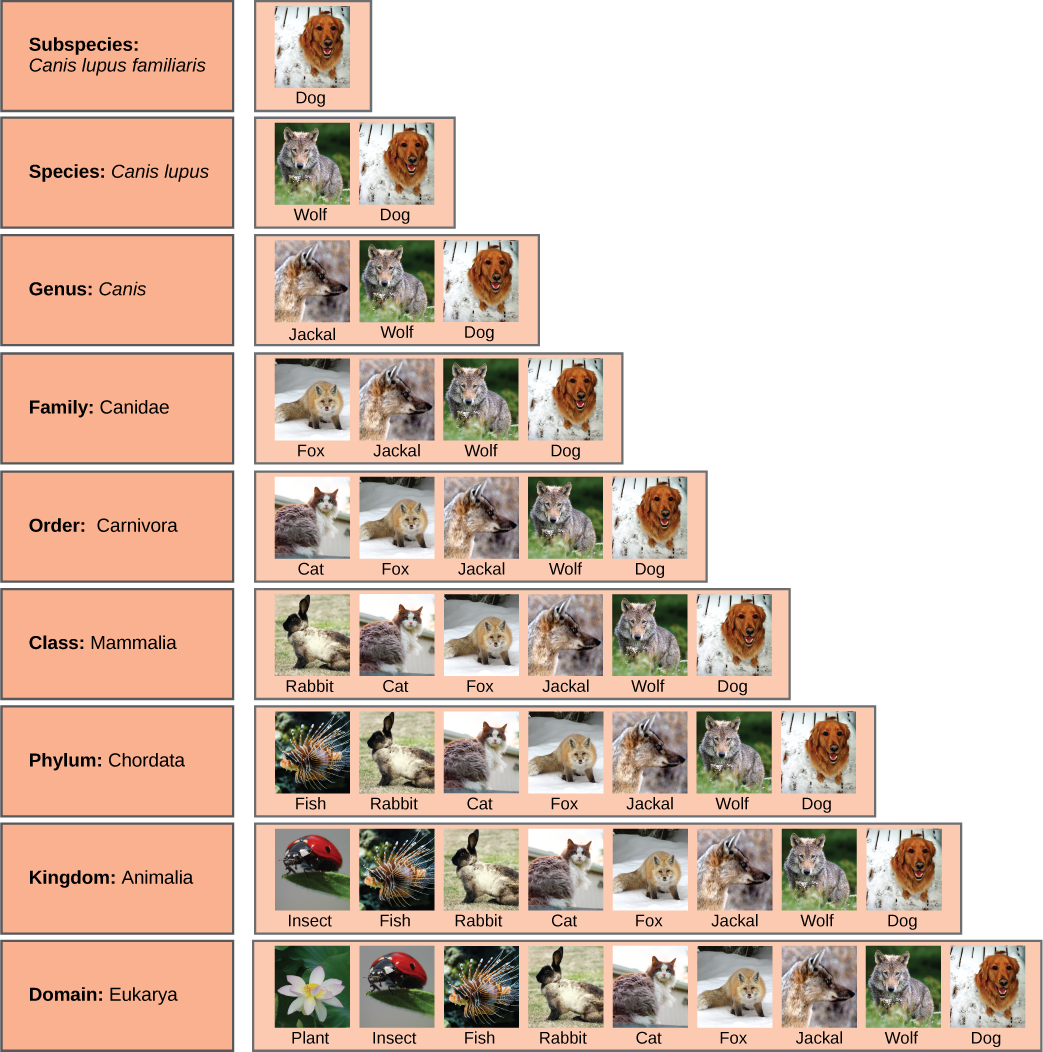Keystone Species Definition

A keystone species is a species that has a disproportionately large effect on its ecosystem relative to its abundance. Keystone species play a critical role in maintaining the structure and function of an ecosystem, and their removal can have cascading effects on the entire community.
Keystone species can have a variety of roles in an ecosystem. For example, they may be predators that control the populations of other species, or they may be herbivores that keep plant populations in check. Keystone species can also be mutualists, providing essential services to other species, such as pollination or seed dispersal.
The loss of a keystone species can have a devastating effect on an ecosystem. For example, the removal of sea otters from kelp forests led to an increase in sea urchin populations, which in turn caused a decline in kelp forests. Kelp forests provide important habitat for a variety of marine life, so the loss of sea otters had a ripple effect that impacted the entire ecosystem.
Keystone species are essential for the health of ecosystems, and their protection is critical for maintaining biodiversity and ecosystem function. By understanding the role of keystone species, we can better manage ecosystems and protect these important species.
Post a Comment for "Keystone Species Definition"